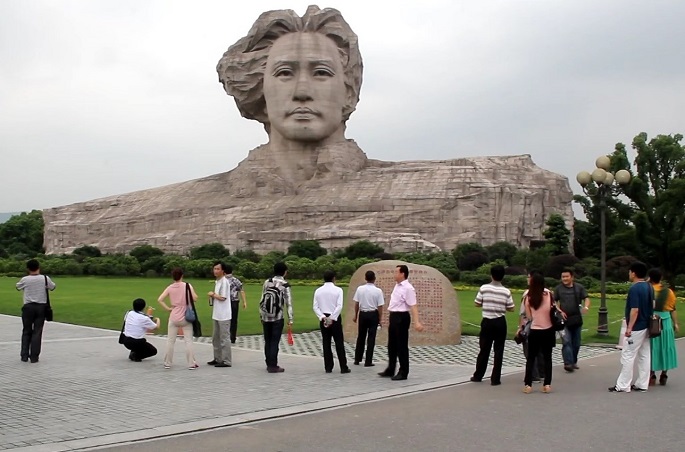In a city where traces of Mao Zedong are everywhere, a new landmark symbolizing Christianity in China is being built, dominating the city’s skyline, an article by the New York Times reported.
Changsha in Hunan Province is where Mao, the hero of the People’s Republic, spent his youth and started to fuel his radical notions. A massive monument to Mao was built on Tangerine Island.
This granite head was once the most prominent landmark in Changsha, but the new Xingsha Church on a suburban park in the city has wrestled the title away from the monument. Mao’s granite sculpture only stands at 105 feet. The Xingsha Church rises 260 feet tall.
The construction of the church has drawn the ire of Mao’s most fervent supporters across China, especially since Mao made Christianity a sign of foreign imperialism.
“Going for Christianity in a big way damages our nation’s ideological security,” Zhao Danyang, from the website Red Morality Think Thank, wrote back in February.
In response to the criticism, the local government of Changsha has posted guards at the Xingsha Ecological Park, where the massive church is located. Critical articles and news reports were mysteriously deleted. Calls directed to the headquarters of the Protestant association were ignored.
Changsha locals, however, have little to say about the construction of the 260 feet tall church.
Much has changed with the city.
Five major faiths exist in the city and are managed by “patriotic” associations. Furthermore, an anonymous Protestant cleric at Xingsha told the New York Times that there are approximately 100,000 Protestant members in Changsha.
For resident and author Han Shaogong, who wrote “A Dictionary of Maqiao,” it’s characteristic of Changsha to contradict itself. In this case, its Mao heritage and its openness toward other religions.
“In Hunan, contradictions are not contradictions. They’re normal,” Han told the New York Times. “Life here is a bit like Chinese food. Throw lots of different things into a wok and stir them around.”
It’s unclear what will happen to the Xingsha Church. According to some, a compromise has been reached to appease critics and Changsha Christians at the same time.



























